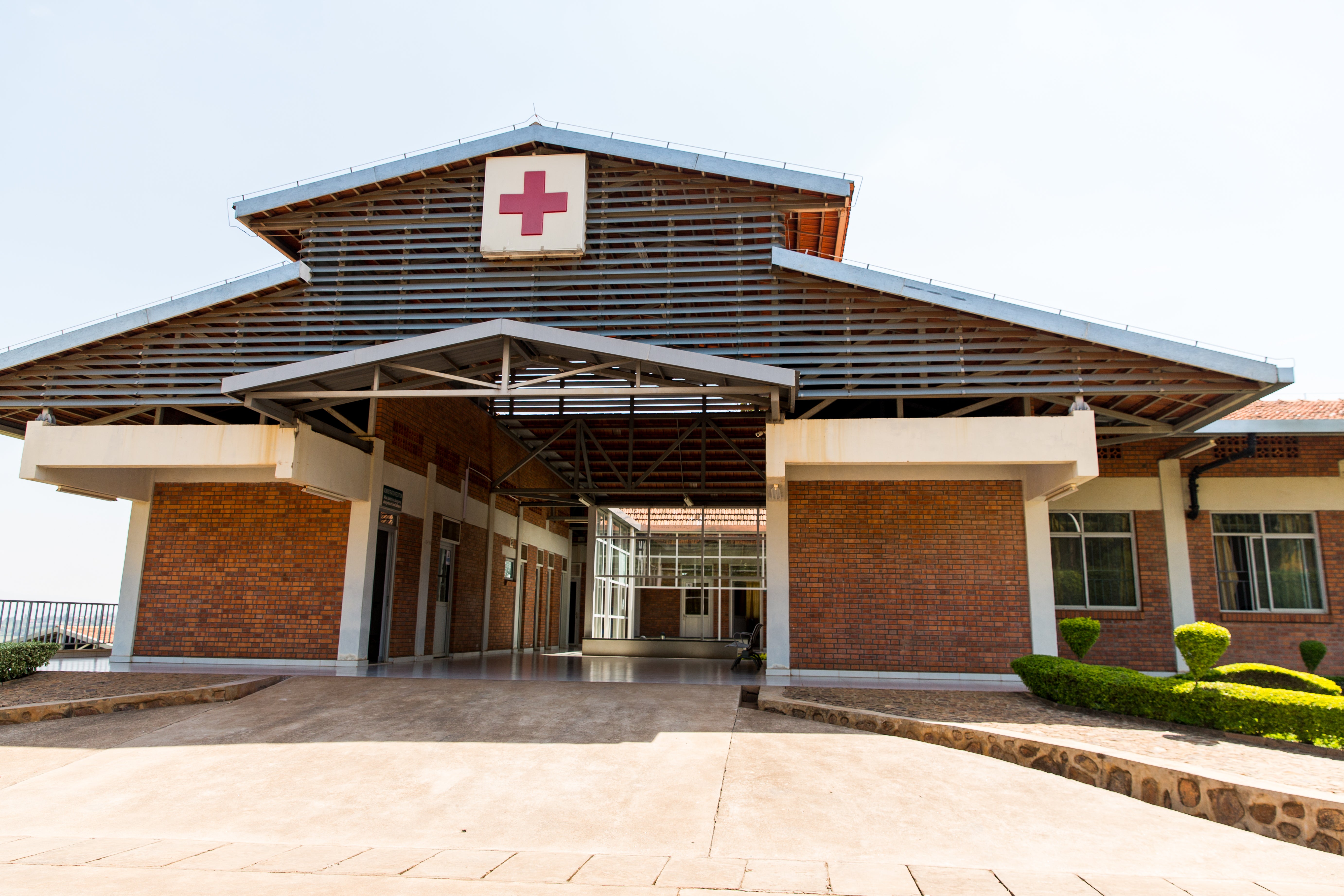IMPROVING PRIMARY HEALTH CARE EFFICIENCY IN RWANDA
CONTENTS
Rwanda improved its PHC service coverage over the study period by improving the availability and flow of funds; improving performance monitoring and workforce motivation, and actively promoting access to affordable, quality PHC services. With these investments, Rwanda boosted the efficiency of its PHC system and improved key health indicators related to service coverage and health financing, in some cases faster than peer countries at similar income levels.
Primary health care is a whole-of-society approach to effectively organize and strengthen national health systems to bring services for health and wellbeing closer to communities.
Researchers estimate that high-quality care via PHC could prevent more than half of excess deaths in low- and middle-income countries each year and could avert as many as 60 million deaths by 2030. Effective PHC can also reduce health care costs by lowering hospital admissions and rates of emergency department use.
Finally, experts believe strengthening PHC is essential to achieving universal health coverage worldwide.
Despite the complexity of improving PHC in resource-constrained settings, Exemplar countries like Rwanda have implemented a range of complementary health system reforms focused on financing, governance, access to care, and performance and accountability. As a result, they have performed better than their peers during the past 20 years relative to their total health spending.
Exemplars research distinguished three broad ways, or pathways, by which Rwanda’s reforms improved PHC performance and efficiency:
Pathway 1
Rwanda enabled health system efficiency by distributing authority and responsibility for decision making across national and subnational levels and improving overall planning and coordination of PHC resources.
Reforms working through this pathway demonstrated political prioritization of PHC by increasing district and health facility decision space and autonomy to tailor PHC to local needs and included a sector-wide approach (SWAp) to align priorities and financial resources under a single health agenda.

Pathway 2
Rwanda enabled health system efficiency by implementing data systems for monitoring and accountability of health programs as well as strategic purchasing schemes to incentivize improved PHC delivery.

Reforms working through this pathway established a culture of accountability for and oversight of PHC service delivery through performance-based financing and government transparency schemes. Reforms improved and maintained quality of care through enhanced accreditation mechanisms and investments in data quality and use for oversight and decision making.
Pathway 3
Rwanda increased equitable access to quality PHC services by focusing on making PHC services more affordable and prioritizing community-driven and community-based care.
Reforms working through this pathway ensured communities were financially protected against catastrophic health risks through community-based health insurance. The government issued targeted exemptions and subsidies for vulnerable populations and expanded access to care by constructing more health facilities and deploying community health workers.

Improving Primary Health Care Efficiency in Rwanda

Ask an Expert
Our team and partners are available to answer questions that clarify our research, insights, methodology, and conclusions.
